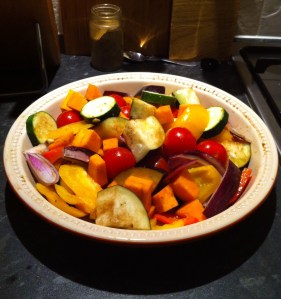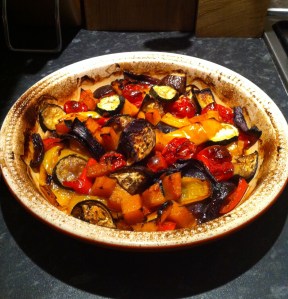Like mince pies and bread sauce, mulled wine is one of those things that gets relegated to the Christmas season when it should be enjoyed all year round. Nevertheless, while I’ll merrily quaff hot alcoholic drinks at almost any time of the year, I’ll admit that their appeal certainly grows with the onset of winter. Dark days and early nights mean that treats are needed, and this recipe provides exactly that.
The vanilla and the combination of whole spices make this mulled wine very different from what you’d get with the vast majority of pre-made ‘mulling spice’ mixes, and completely unrecognisable from the pre-mulled stuff that you can buy in bottles. The resulting drink is honeyed and rich, with the consistency of a very good sweet sherry; a shiny, syrupy liquid that clings the sides of a glass.
Tips
- The quality and type of wine you use really does matter. Using bad wine will just result in bad mulled wine. Saying that, there’s no point using a really good quality or expensive wine when you’re going to be changing the flavour quite a lot. My rule of thumb is ‘don’t use anything that you wouldn’t be willing to drink in a pub’. I’ve had the best results using New World Merlot or Cabernet Sauvignon at around the £5 or £6 mark – supermarket own-brand ones are fine. These varieties are generally quite mild and rounded in flavour, so they don’t interfere with the spices, and are very easy to get hold of.
- Don’t overdo it on the orange juice, or it all gets a bit ‘sangria’.
- Only use best quality vanilla extract or a vanilla pod here. I swear by Nielsen Massey vanilla extract, which you can buy online, from Lakeland or from certain supermarkets. It is 100% worth the price and will last for ages.
- The amounts of whole spices given below may seem a bit inexact, but how many you use of each will depend on their size and freshness – you’ll need to use your own judgement here.
- The recipe is easily halved, doubled, tripled, quadrupled…
- It’s best not to leave the pan on the heat once you’ve served some of the wine, as it will continue to reduce and may start to stick. If you’d like to serve it over a longer period of time, put a lid on the pan to keep it warm and just reheat it gently when you want some more. For a single batch made using the amounts given below, I use a thermos to keep it hot.
MULLED WINE WITH VANILLA
Takes: 30 minutes
Makes: 6 small glasses or cups
Ingredients:
- 1 bottle of red wine, preferably Merlot or Cabernet Sauvignon (see Tips)
- 100 ml sweet fortified wine (Madeira, sweet sherry, port or a mixture)
- 100ml smooth orange juice
- 175g sugar, preferably demerara or muscovado
- 1.5 tsp best-quality vanilla extract or vanilla bean paste, or 1 vanilla pod (see Tips)
- 1 bay leaf
- 7 or 8 cardamom pods, lightly crushed
- 1 cinnamon stick, broken into halves
- 5 or 6 whole cloves
- 4 or 5 juniper berries, lightly crushed
- 1/4 tsp of freshly-grated nutmeg
- 1 star anise
Method:
- Pour the wine, fortified wine and orange juice into a large pan and bring to a simmer. Don’t let it boil.
- Add the spices and vanilla, and simmer for 5 minutes.
- Add the sugar and stir.
- Simmer gently for 15 to 20 minutes, stirring regularly.
- Strain the wine through a sieve, tea strainer or some muslin into another pan or a thermos (see Tips).





